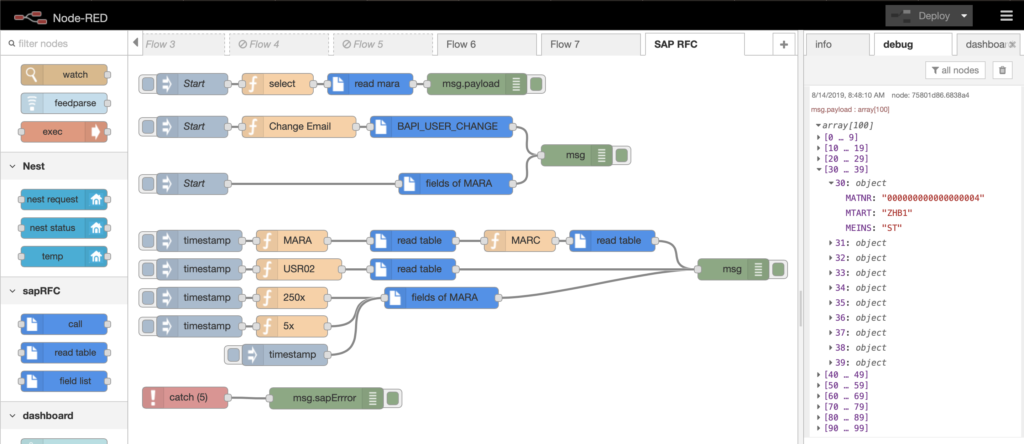1. Introduction to Low Code Development
Low code for business-critical tasks is becoming increasingly popular in the ever-evolving landscape of software development. Low code development platforms allow users to create applications with minimal hand-coding, relying on graphical interfaces and pre-built templates. These platforms are designed to streamline the development process, enabling faster delivery and reducing the need for extensive coding knowledge.
Low code development is particularly advantageous for organizations looking to accelerate their digital transformation efforts. By lowering the barrier to entry, these platforms empower more individuals within an organization to participate in the development process, fostering a culture of innovation and collaboration.
2. The Pros of Low Code for Business-Critical Tasks

2.1 Accelerated Development Cycles
Low code platforms significantly reduce the time required to develop applications. This rapid development is particularly beneficial for business-critical tasks where time-to-market is crucial. Companies can quickly respond to market demands, customer feedback, and emerging opportunities, staying ahead of the competition.
2.2 Cost Efficiency
By minimizing the need for extensive coding, low code platforms reduce development costs. Businesses can allocate resources more effectively, focusing on strategic initiatives rather than prolonged development cycles. This cost efficiency can be particularly advantageous for startups and small businesses with limited budgets.
2.3 Enhanced Agility
Low code enables businesses to adapt quickly to market changes and customer needs. The ability to rapidly prototype, test, and iterate ensures that business-critical applications remain relevant and effective. This agility is crucial in today’s fast-paced business environment, where the ability to pivot quickly can make the difference between success and failure.
2.4 Empowerment of Non-Technical Staff
Low code platforms empower non-technical employees to contribute to application development. This democratization of development fosters innovation and allows for a broader range of ideas and solutions. Non-technical staff can leverage their unique perspectives and expertise to create applications that address specific business challenges.
2.5 Reduced Dependency on IT
With low code, businesses reduce their reliance on specialized IT staff. This can alleviate bottlenecks and ensure that critical projects progress without unnecessary delays. By distributing the development workload across the organization, companies can achieve greater efficiency and faster delivery times.
3. Examples of Low Code Platforms
Here are some notable low code platforms that are making a significant impact:
3.1 Node-RED
Node-RED is an open-source low code platform that allows users to connect hardware devices, APIs, and online services in new and interesting ways. It provides a visual flow-based development environment, making it accessible to users with varying levels of technical expertise.

3.2 Make.com
Make.com, formerly known as Integromat, is a visual platform that allows users to automate workflows and integrate applications without coding. It offers a wide range of pre-built connectors and templates, enabling users to quickly set up complex workflows and integrations.

3.3 n8n
n8n is an open-source workflow automation tool that enables users to connect various services and automate tasks with ease. It provides a user-friendly interface and a wide range of integrations, making it a versatile tool for automating business processes.

4. The Cons of Low Code for Business-Critical Tasks
4.1 Limited Customization
Low code platforms may offer limited customization options compared to traditional coding. For business-critical tasks that require unique functionalities, this can be a significant drawback. Businesses may find themselves constrained by the capabilities and limitations of the platform.
Image Suggestion: A jigsaw puzzle with a missing piece, symbolizing the gap in customization.
4.2 Scalability Challenges
As business requirements grow, scaling low code applications can become challenging. These platforms might not always handle the complexity and scale needed for extensive enterprise solutions. Businesses must carefully assess whether a low code platform can meet their long-term scalability needs.

4.3 Vendor Lock-In
Businesses risk becoming dependent on specific low code vendors, which can lead to issues if the vendor’s platform does not evolve or if there are changes in pricing structures. It is important for businesses to consider the potential risks of vendor lock-in and to evaluate exit strategies if needed.

4.4 Security Concerns
While low code platforms strive to offer robust security, they may not match the stringent security requirements of business-critical applications, especially in industries like healthcare and finance. Businesses must ensure that the platform meets their specific security standards and compliance requirements.

4.5 Performance Issues
Applications built on low code platforms might not perform as efficiently as those developed through traditional coding, particularly under heavy load or complex processing requirements. Businesses must carefully evaluate the performance capabilities of the platform to ensure it can meet their needs.
Conclusion
Low code platforms offer significant advantages in terms of speed, cost, and agility, making them a compelling choice for many business applications. However, for business-critical tasks, it is essential to weigh these benefits against potential drawbacks such as limited customization, scalability challenges, and security concerns.
At aiblux, we specialize in delivering tailored software solutions that meet your unique business needs. Contact us today to explore how we can help you navigate the complexities of low code development and achieve your strategic goals.
